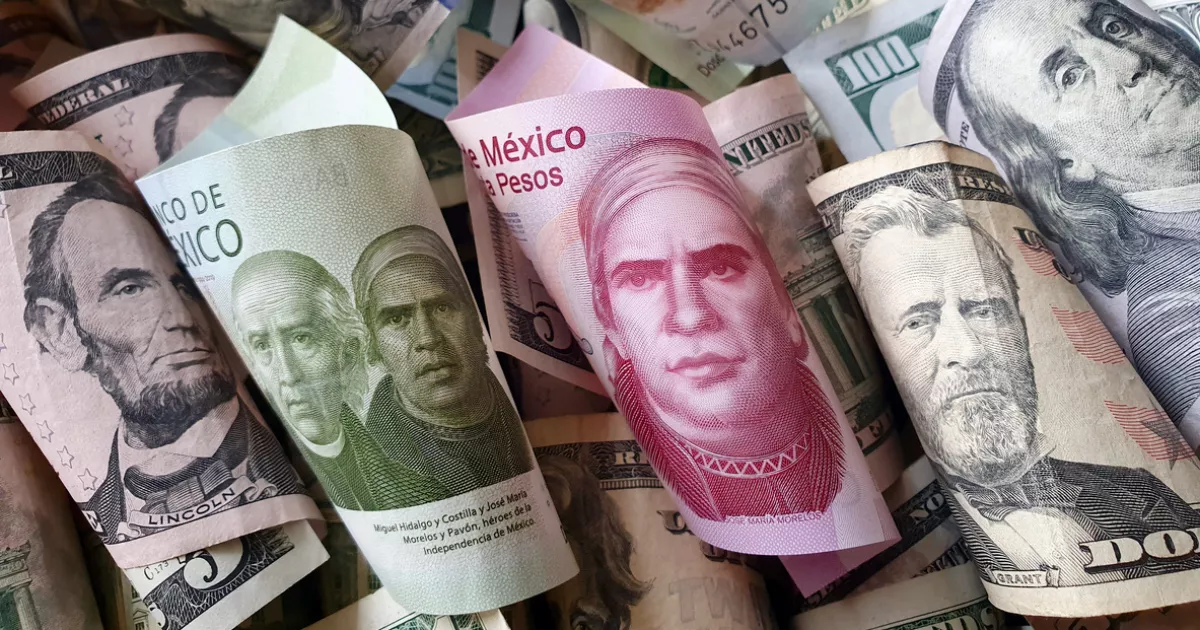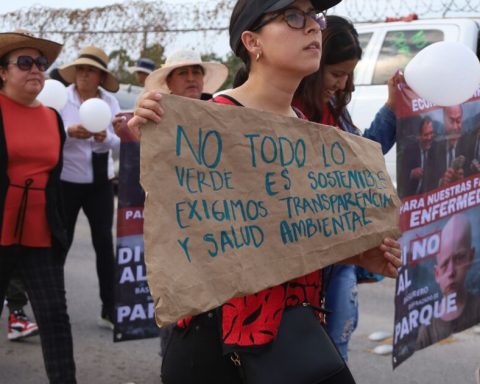According to specialists, one point in favor of the Mexican government, and one that has helped the currency, is the fiscal discipline that the current administration has maintained. However, macroeconomic conditions augur only a few months of celebration for the national currency.
“We may see a relatively strong exchange rate for the next few months and then in the second half of the year, as they see if Banxico gets ahead of the Fed and starts lowering rates, we could see depreciation,” said Luis Gonzali, VP and co-head investment manager at the investment firm Franklin Templeton.
Estimates from Bank of America Securities show that at the end of 2023, the exchange rate of pesos per dollar will close at 20.80.
Carlos Capistrán, chief economist for Mexico and Canada at that bank, stated that the peso will remain strong because the interest rate in Mexico is 600 points above that of the United States. “We are the investment-grade country with the largest differential (with respect to) the Fed, that is, the ones that pay the highest rate,” he explained.
The economist highlighted that another advantage for the peso is the geopolitical environment that has triggered nearshoring and the X Summit of North American Leaders showed the economic attractiveness of the country.
“It’s a great narrative, it comes from the trade agreement, and the fact that the meeting of the three friends was in Mexico, the photos were taken, that President Biden and Trudeau came looks pretty good for the country. “, he stressed.
This vision is shared by Jessica Roldán, chief economist at Finamex, who highlighted that country risk is lower in Mexico compared to other economies in the region.
How does it benefit the Mexican economy?
One of the advantages of a strong peso or a weak dollar is that product imports are cheaper for the Mexican businessman and although this could be good news for the final consumer, the benefit is actually marginal.
“The issue is that they are going to get it cheaper, but they are not necessarily going to give it cheaper to the Mexican, generally the prices do not go down,” said Gonzali. What does help, says the specialist, is not to care about more inflation.
In fact, the cheapest dollar has been the spot or interbank, which is the one used by large companies or financial institutions. “The interbank exchange rate is the price that large institutions or companies have access to,” says Roldán.
remittances at risk
Although analysts differ on the impact that the recession in the United States could have on the sending of remittances, the reality is that Mexicans could lose to an appreciated peso.
An example of this is that in November 2022, the average remittance was $393. With the exchange rate of that time, Mexican families received a total of approximately 7,622 pesos. In January, that same remittance shipment will be approximately 7,417 pesos.
It is estimated that with the US economic slowdown there will be less employment and Mexican migrants will send fewer remittances. Even in the November data, remittances fell 10.43% at the monthly rate.
“We might think that remittances will continue to be strong, but by the time the economy starts up and the US job market starts to slow down, it is highly likely that remittances will start to go down and we could see a depreciation of the type change,” Gonzali said.














